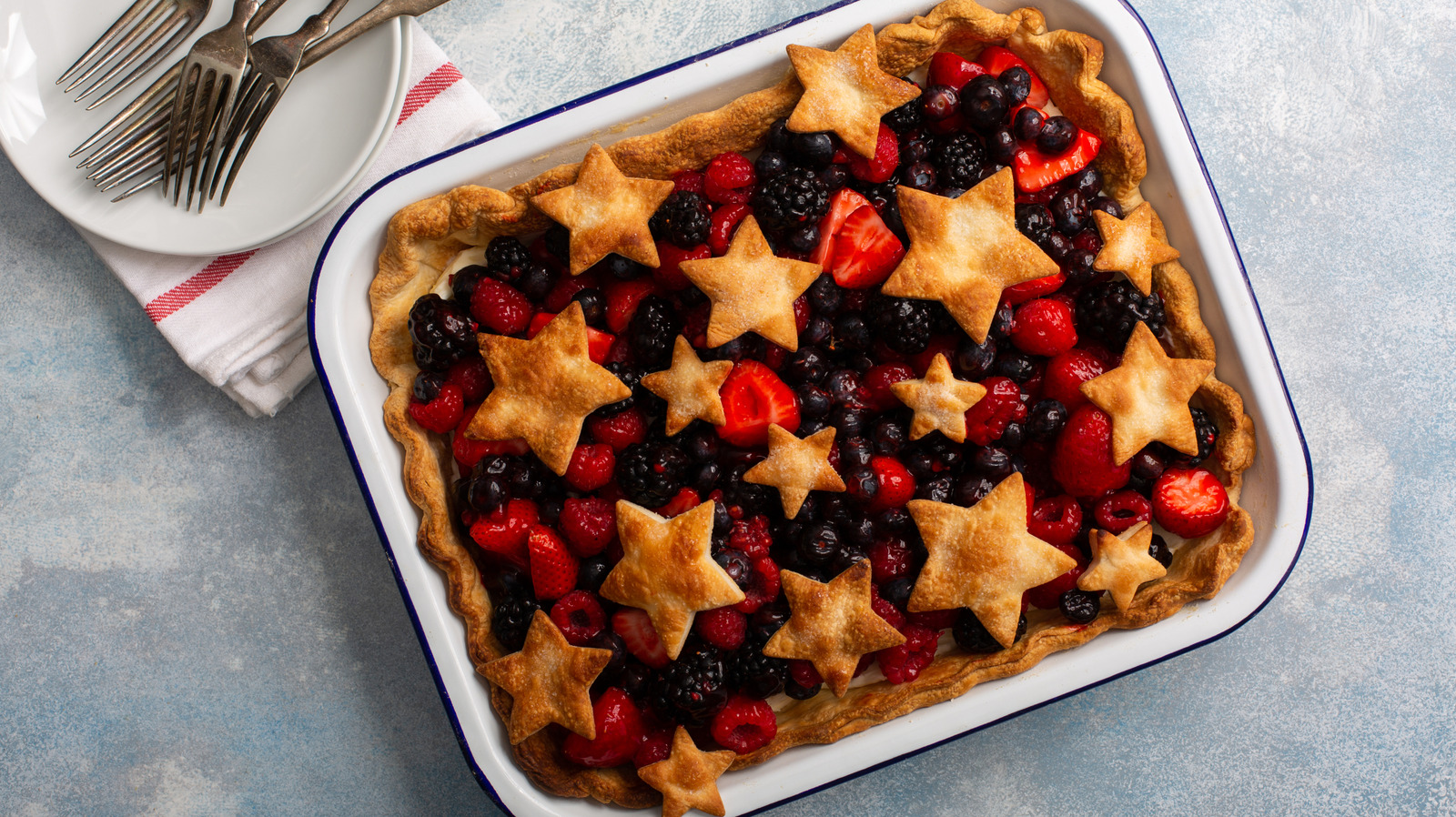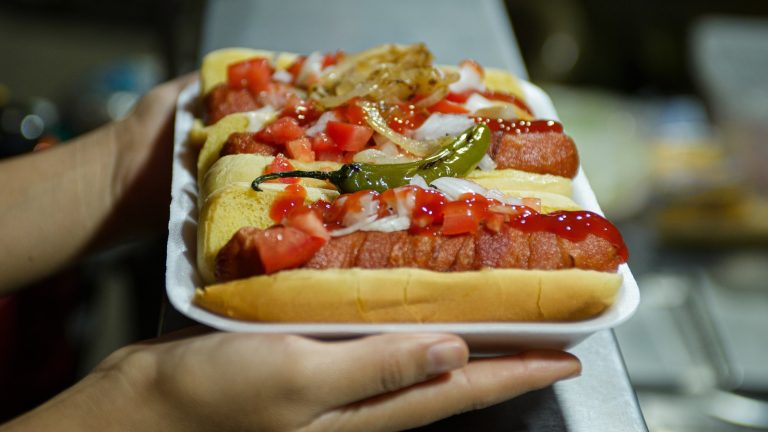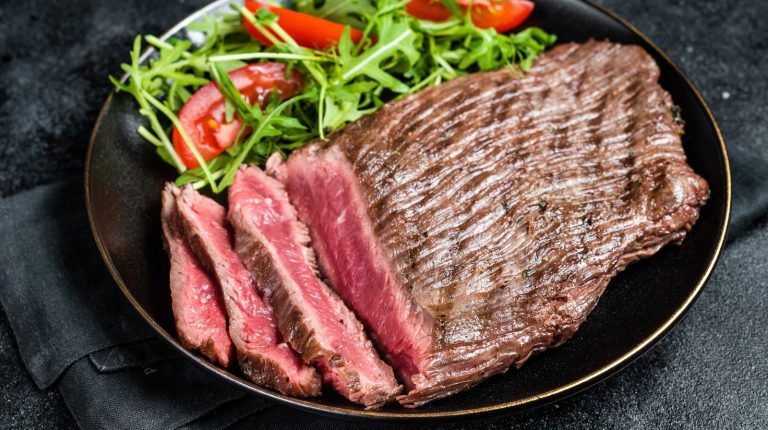When baking a pie, the most typical type of bakeware tends to be a pie pan. Not only does its unique design allow for a great ratio of crust to filling, but the dedicated dish even promotes a perfectly cooked result. That said, pie plates aren’t the only vessel that can be used to bake a pie. As a matter of fact, both sweet and savory recipes can be prepared in all kinds of cookware. There is, however, particular merit to be found in using a tried-and-true casserole dish.
Unlike standard pie plates that average 9 inches in diameter, most casserole dishes have larger, rectangular dimensions that often measure 9 inches by 13 inches. As a result, casserole dishes are a fabulous choice when baking for a crowd as they yield more pie without the hassle of having to prepare (and, later, handle) several smaller pies. Additionally, there’s an opportunity to boost flavor and texture by increasing the quantity of filling since the dishes tend to be deeper than pie pans. Plus, thanks to the casserole dish’s high-walled edges, fully loaded fillings will be better supported, making for easier slicing.
Practicalities aside, preparing pie in a casserole dish also has aesthetic benefits. Based on their impressive size, casserole-baked pies are guaranteed to wow. But, this is especially true if basic dishes are abandoned for funkier shapes or novelty dishes. More on that, up next…
Any casserole dish will work with a few modifications
Much like pie plates, casserole dishes aren’t made equal. When picking the best bakeware, the most important thing to consider is the material. In comparison to sturdier metals, glass and ceramic (porcelain or stoneware) tend to be fragile and prone to thermal shock. Yet, these non-reactive materials can be better suited for baking pot pies — those without a bottom crust — containing acidic ingredients like fruit or tomatoes. In terms of functionality, however, any material can be successful under the right circumstances.
While metal casserole dishes effectively conduct heat for an evenly cooked result, glass and ceramic bakeware retain heat just as well once warm. The key is simply to decrease oven temperature by 25 degrees and increase baking time slightly when working with Pyrex or other glass options. To ensure that fillings are fully cooked and crusts turn out flaky, glazed ceramics may even need up to 20 extra minutes if the dish has thick sides. In any case, par-baking crusts is always a good idea to prevent soggy or underbaked treats.
Last but not least, remember that accounting for a difference in pan size is a must when swapping pie pans for casserole dishes. Given that casserole dishes are bigger, you’ll need to make additional crust and filling, which requires more ingredients and, therefore, more planning prior to baking. Other than that, preparing pie in a casserole dish should be a breeze.





